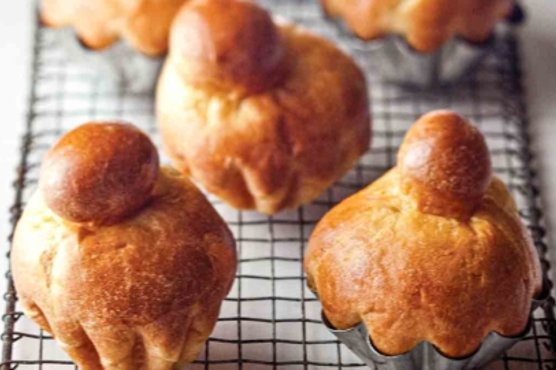Indulge in the delightful world of homemade brioche, a classic French bread that is as versatile as it is delicious. With its rich, buttery flavor and soft, pillowy texture, brioche is perfect for breakfast, brunch, or even as a decadent dessert. Imagine slicing into a warm loaf, the golden crust giving way to a tender crumb that melts in your mouth. Whether you enjoy it plain, slathered with jam, or transformed into French toast, this recipe will elevate your baking game.
What makes this brioche recipe truly special is the careful balance of ingredients and the love that goes into each step. From the moment you crumble the yeast and mix it with sugar, the anticipation builds as the dough comes together. Kneading the dough until it’s smooth and tacky is a therapeutic process, and watching it rise to double its size is nothing short of magical. The shaping of each individual brioche is an art form, allowing you to create beautiful, individual portions that are perfect for sharing.
With a total preparation time of 270 minutes, this recipe may require some patience, but the end result is well worth the wait. Gather your friends and family around the table to enjoy the fruits of your labor, and don’t forget to save a few for toasting later. Once you experience the joy of homemade brioche, you’ll find it hard to go back to store-bought. So roll up your sleeves and get ready to impress with this delightful treat!
